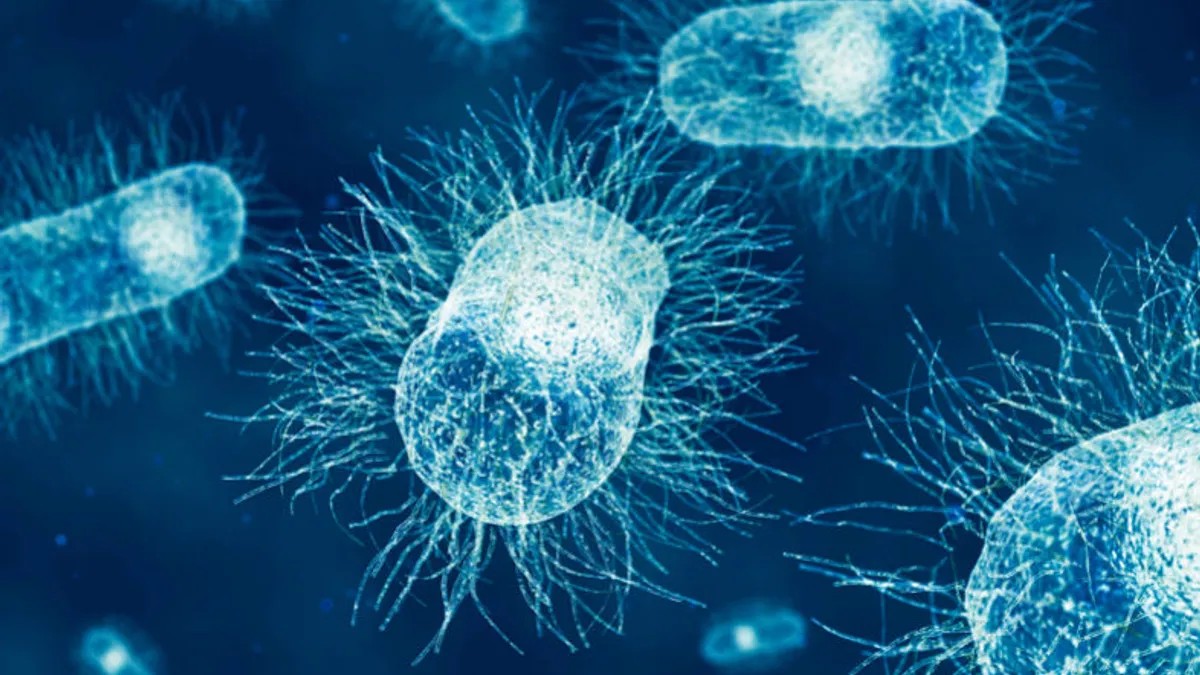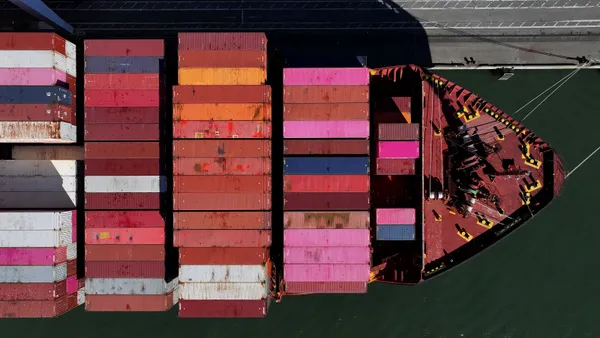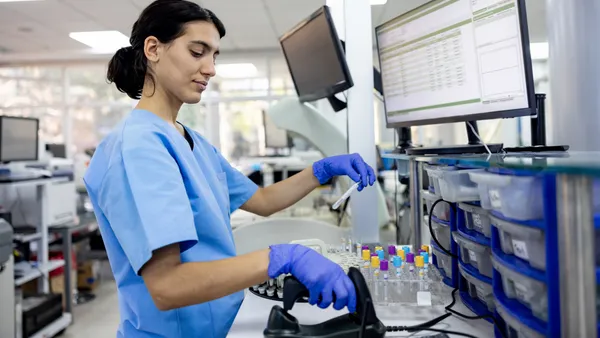Dive Brief:
- The World Health Organization (WHO) on Tuesday released its expanded List of Essential Diagnostics, which aims to help countries prioritize critical products the group believes should be widely available and affordable throughout health systems.
- The agency said the diagnostics selections, as well as the companion Essential Medicines List, are used by more than 150 countries as a model to guide decisions about which health spending represents the best value for money, based on evidence and impact.
- The updated diagnostics list contains 46 general tests that can be used for routine patient care and detection of a range of conditions, and 69 tests intended for the diagnosis and monitoring of specific diseases.
Dive Insight:
WHO published its first List of Essential Diagnostics last year. The inaugural document focused on a limited number of priority diseases: HIV, malaria, tuberculosis and hepatitis. This year’s list has expanded to include more noncommunicable and communicable diseases.
In the category of cancers, WHO added 12 tests for detection of solid tumors including colorectal, liver, cervical, prostate, breast and germ cell cancers, and leukemia and lymphomas. A section was added covering anatomical pathology testing that must be made available in specialized labs to support cancer diagnosis, WHO said.
Under general tests, WHO expanded the list to include tests that address a range of conditions such as iron tests for anemia and tests to diagnose thyroid malfunction and sickle cell, an inherited form of anemia widely present in Sub-Saharan Africa.
The list also focuses on additional infectious diseases prevalent in low- and middle-income countries such as cholera, and neglected diseases like leishmaniasis, schistosomiasis, dengue and zika, the organization said. Sections were added for influenza testing in community health settings where no laboratories are available and for tests to screen blood donations to make transfusions safer.
“As countries move towards universal health coverage and medicines become more available, it will be crucial to have the right diagnostic tools to ensure appropriate treatment,” Mariângela Simão, WHO Assistant Director-General for Medicines and Health Products, said in a statement.
On the medicines side, WHO launched its essential drugs program more than 30 years ago at a time when most countries lacked a national drug policy and objective information on the rational use of medicines was limited. More than 100 countries now have such policies or are developing them, and at least 135 nations have their own therapeutic manuals and formularies to provide health professionals with unbiased advice on medicine use, the group said.
The latest Essential Medicines List adds 28 medicines for adults and 23 for children and specifies new uses for 26 already listed products, for a total of 460 products deemed essential for public health needs.










